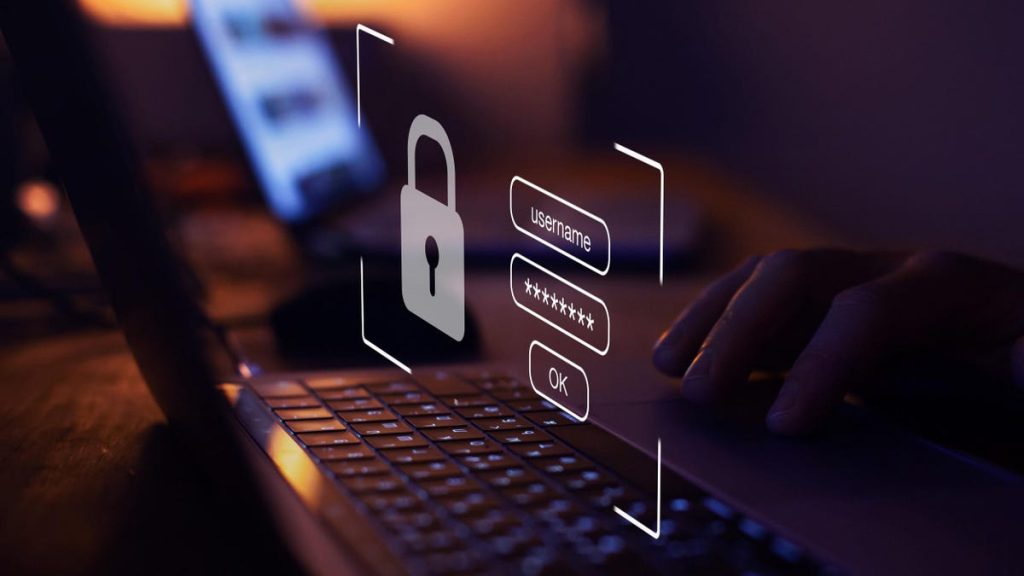Discover the cyber security best practices that cannot be missing from your strategy in 2023!
More and more companies are looking to expand their cybersecurity investments to reduce business risk and protect their data from attacks. Security has become a top priority as cyber-attacks are happening more and more frequently, creating reputational issues and financial losses for organizations across all industries.
So, in that case, what to do? You need to equip yourself with the latest and greatest cybersecurity techniques and tools to stay prepared, right? With that in mind, we’ve evaluated recent trends and will list below some of the best tips and alternatives to protect your systems and data – follow along!
Key cyber security best practices for this year
1. Consider Biometric Security
Biometrics is a technique that ensures fast authentication and enables secure access management. It helps identify user identities before giving them access to your valuable assets. The perfect options for biometrics are voice recognition, palm biometrics, fingerprint scanning, and gait analysis.
This is one of the best cyber security practices to stay more alert for cyber attacks.
2. Two Security Policies
A written cybersecurity policy is vital; it can act as a formal guide to protecting cybersecurity in your organization.
The policy allows your security experts and employees to be on the same page, ensuring the workflow is correct. A centralized security policy is always a plus for the company.
3. Risk-Based Approach
Every industry is unique, so focusing on compliance and meeting all standard regulations isn’t just enough to protect your sensitive data. There are three important things to consider when arriving at the risk assessment:
- Identify what your valuable assets are
- Identify the current state of cybersecurity in your enterprise
- Manage your security strategy with precision
4. Guaranteed Backup
Backing up data is an already consolidated practice, but still sometimes overlooked, which has gained even more important these days. With the advent of ransomware, having a complete, up-to-date – and also tested – backup of all your data could be a lifesaver.
The ‘tested’ above is due to the fact that sometimes when the organization needs it most, it realizes that its backup process had flaws, and recovering the data it needs has become impossible.
That’s why it’s important to evaluate and validate routines, resources, and everything that is needed at times like this – for example, when was the last time a data restoration was performed – you may discover that simple, never, and so your full backup process has not been performed.
In addition, all backup data must be fully protected, encrypted, and updated frequently, as well as split backup obligations between different people to mitigate insider threats.
5. IoT Security Management
IoT devices are gaining a lot of popularity lately, but the most challenging thing in IoT is accessing sensitive data. Security cameras, smart locks, doorbells, heating systems, and office equipment are vital parts of the business network.
You can protect your business against cybersecurity threats by ensuring data encryption at rest and in transit. You can also conduct penetration testing to understand the real risks and plan your security strategy accordingly, ensuring proper authentication.
6. Multifactor Authentication
Multifactor authentication is a must-have solution for advanced security strategies. It helps protect sensitive data, adding an extra layer of security, leaving malicious actors almost no chance of logging in as if they were you.
Even if the bad actor had your password, he would still need second and perhaps third-factor authentication, such as a security token, fingerprint, or even your voice.
7. Take Care of your Passwords
The importance of strong passwords and handling them with care is always worth mentioning. Password management is a key part of corporate security when it comes to privileged access control.
The best way to ensure proper cyber security is through password protection. In this way, you can prevent unauthorized users from logging into your accounts.


